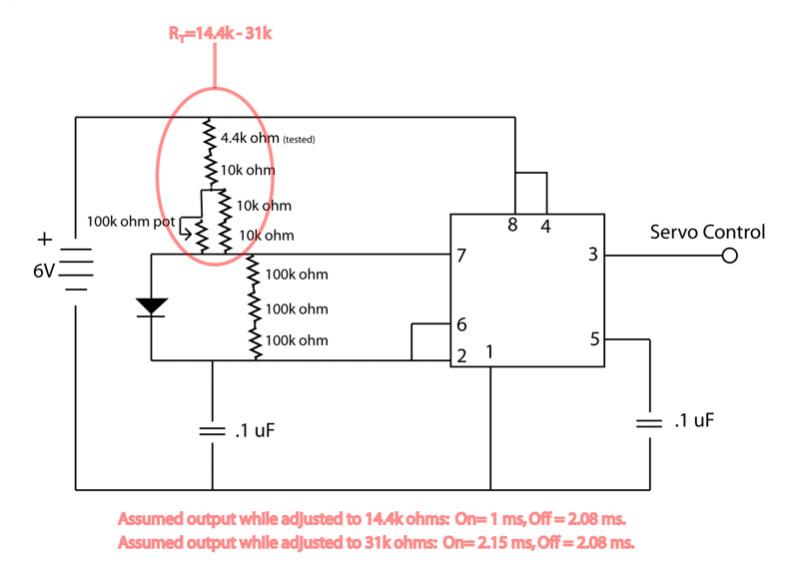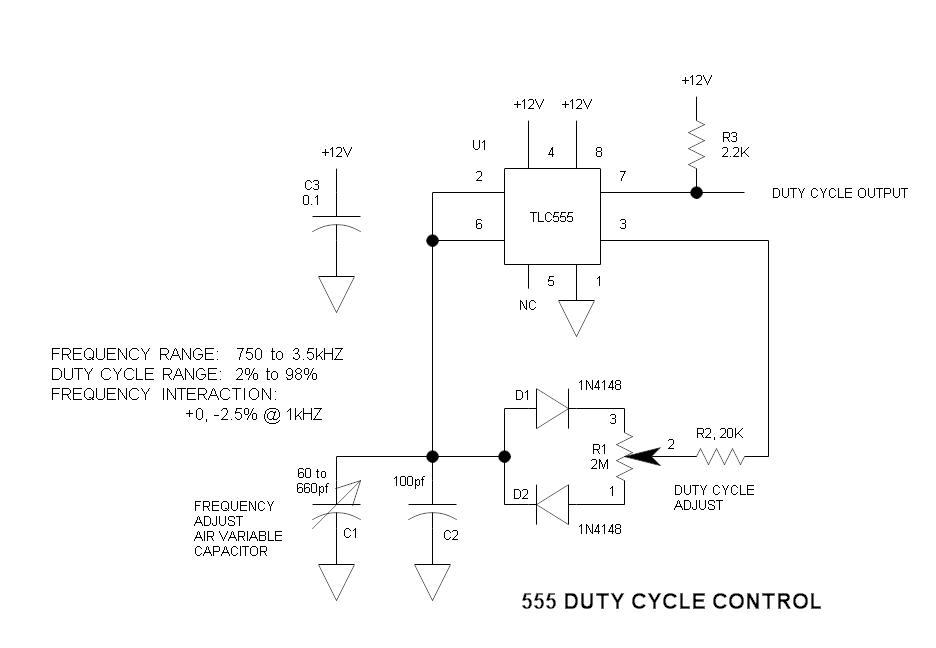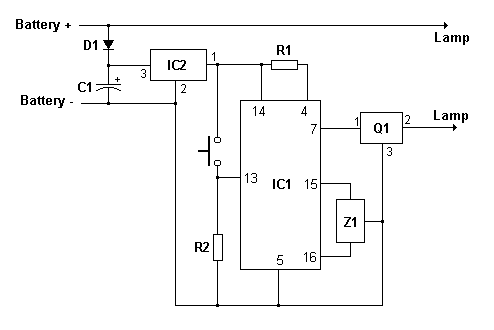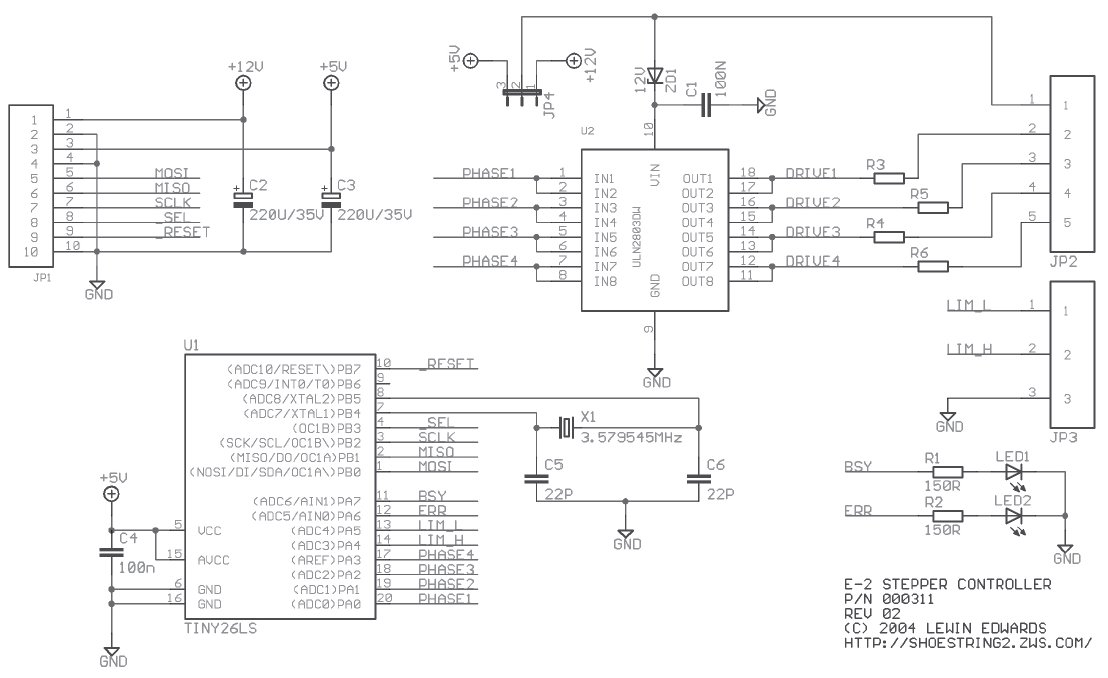
Stepped Volume Control

This circuit can amplify music, sirens, or speech in response to increased ambient noise levels. It provides a solution for enabling a robot to effectively communicate in noisy environments.
This circuit utilizes a sound detection mechanism to monitor ambient noise levels. When the ambient noise exceeds a predetermined threshold, the circuit activates an amplification system that enhances the output of music, sirens, or speech. The core components of this circuit typically include a sound sensor, an operational amplifier, and a speaker or audio output device.
The sound sensor, often a microphone or a piezoelectric sensor, detects the surrounding noise and converts it into an electrical signal. This signal is then fed into an operational amplifier, which is configured to increase the amplitude of the input signal when the noise level crosses the threshold. The operational amplifier may include adjustable gain settings to fine-tune the response based on specific requirements.
The output from the operational amplifier is connected to a speaker or audio output device, which produces the amplified sound. Additional components such as resistors, capacitors, and possibly a microcontroller may be included to manage the circuit's functionality, ensuring that the amplification occurs only when necessary and that the output is clear and effective.
Power supply considerations are also essential; the circuit should be designed to operate efficiently within the voltage and current specifications of the components used. Overall, this circuit serves as a valuable tool for enhancing audio output in environments with varying noise levels, making it particularly useful for robotic applications where communication is crucial.Louder music, sirens or speech in response to higher ambient noise levels? This simple circuit has the answer, and it may enable your robot to be at least.. 🔗 External reference
This circuit utilizes a sound detection mechanism to monitor ambient noise levels. When the ambient noise exceeds a predetermined threshold, the circuit activates an amplification system that enhances the output of music, sirens, or speech. The core components of this circuit typically include a sound sensor, an operational amplifier, and a speaker or audio output device.
The sound sensor, often a microphone or a piezoelectric sensor, detects the surrounding noise and converts it into an electrical signal. This signal is then fed into an operational amplifier, which is configured to increase the amplitude of the input signal when the noise level crosses the threshold. The operational amplifier may include adjustable gain settings to fine-tune the response based on specific requirements.
The output from the operational amplifier is connected to a speaker or audio output device, which produces the amplified sound. Additional components such as resistors, capacitors, and possibly a microcontroller may be included to manage the circuit's functionality, ensuring that the amplification occurs only when necessary and that the output is clear and effective.
Power supply considerations are also essential; the circuit should be designed to operate efficiently within the voltage and current specifications of the components used. Overall, this circuit serves as a valuable tool for enhancing audio output in environments with varying noise levels, making it particularly useful for robotic applications where communication is crucial.Louder music, sirens or speech in response to higher ambient noise levels? This simple circuit has the answer, and it may enable your robot to be at least.. 🔗 External reference





